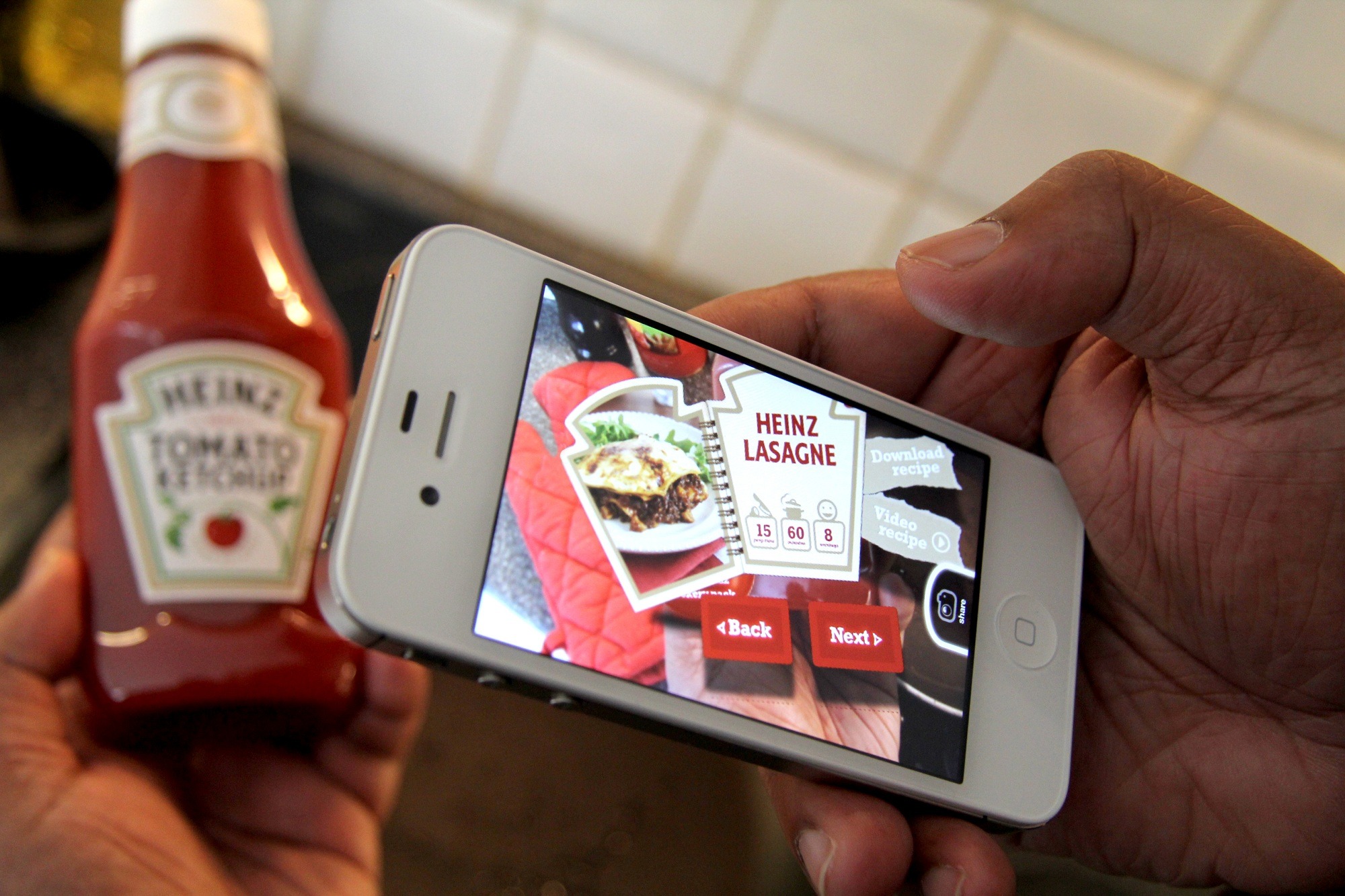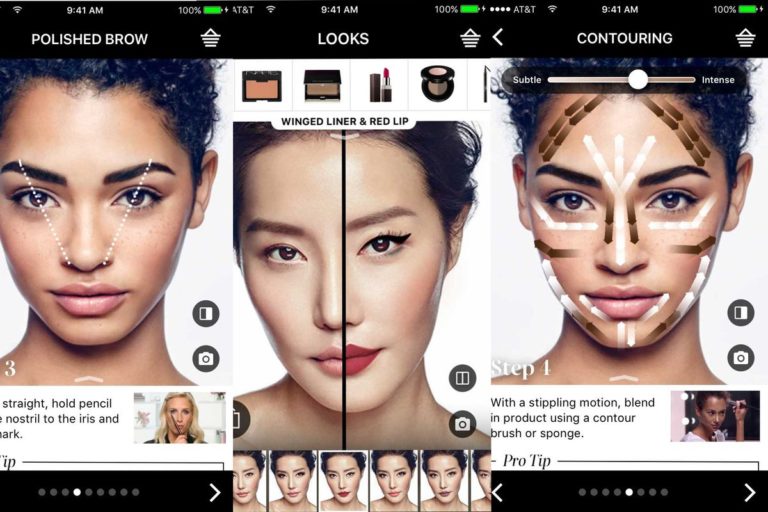
Augmented Reality and the relationship between buyers and producers
Do you remember when Augmented Reality (AR) was associated only with the global phenomenon of “Pokemon Go” and with a few fanatic gamers?
Now it’s becoming something much more serious, especially since the marketing gurus have started to be interested in these technologies, after they understood the great potential in terms of sales increase: augmented reality is a great resource for buyers and sellers!
Indeed, the most forward-looking brands are integrating AR functionalities in the customer experience both online and offline. The aim is obviously to increase revenues, making the product exclusive and different, besides offering the shoppers alternative ways of buying that are unique and enjoyable.

Market Trends of Augmented Reality
In 2017 the online shopping market registered the highest rate of sales through smartphones and tablets and at the same time global revenues of the AR Market had such an increase leading to a forecast of $485 billion by 2025.
Despite the major increase will come from the demand of applications in retail and automotive sectors, in the next years the e-commerce of Augmented Reality will emerge in the world of online sales with its capacity to personalize and improve the costumers experience.
It’s not a case that some of the most important digital players like Facebook, Amazon, eBay, Alibaba and Microsoft together with Apple are going to integrate AR in their marketing strategy, by starting to sell in a completely new way globally.
Psychological mechanisms at the basis of Augmented Reality Marketing
It can be surprising to know what emerged from the studies run in the last years in the UK and the United States:
- 74% of consumers, after having an interactive experience in augmented reality, end up purchasing the products online, versus only 45% of consumers exposed to traditional advertising;
- 40% of consumers are willing to pay a higher price for products, after having seen the preview with AR applications;
- 63% of consumers claim that AR functionalities improve their purchase experience;
- 77% of consumers want to preview the product features before purchasing, like colours, model or accessories;
- 35% of consumers would buy online, if they could try virtually the products before purchasing.
What determines the success of AR technology in marketing?
Augmented reality for buyers and sellers: how could it create a significant ROI?
There are 5 psychological levers that push consumers to prefer buying with Augmented Reality:
- Ownership. Once consumers start to interact with the digital model of the products they want to buy, they start to develop the so called “sense of ownership” of the product;
- Storytelling. AR applications make the Brand story richer and more engaging for consumers, thanks to the integration of multimedia elements boosting those in 2D format;
- Entertainment. AR technology makes consumers fly in an amazing reality: they can have a unique and fascinating experience. If Brand makes you feel happy, you can only love it and buy its products;
- Guarantee. AR technology allows consumers, even the most doubtful, to preview products and all their features (sizes, details, etc.) to finally decide whether to buy;
- Social Consensus. Online Ratings & Reviews from product buyers can be of great help to enable other consumers to make the best choice!
How Brands use AR to enhance the purchase experience
If you think that AR is something that you only see in science fiction movies you are wrong! Some of the most famous brands have adopted AR functionalities integrating them in their online and offline shops.
Let’s see some successful example of how brands, using the power of AR, have engaged their customers by showing them how products look like once they are worn, switched on or positioned at home.

The Virtual Artist App of Sephora represents the dream of every woman that desires to buy make-up online. It creates an engaging shopping experience for women that love to try new looks and trends without being forced to remove the make-up every time. With just a click you can try different shades of lip gloss, eye shadow, foundation that you can add to the cart and buy easily.
Augmented reality in Retail: some examples
In 2014, the famous Swedish retailer of furniture realized a version of its catalogue in AR, as an alternative to the paper and digital ones. As a result, thousands of customers by using their smartphone or tablet had the opportunity to see their favorite IKEA products right inside their homes before purchasing them.
Hands up if you have never played with Lego. Once again, the Danish company confirms to be one of the most innovative brands. It endowed some of its stores with a “Lego Digital Box”, a device in AR that permits the customers to see the appearance of the construction once assembled. After choosing the game that you want to build, you take the box from the shelf and put it in front of the “Digital Box”, so you can see the product on the display completely assembled.
Very willing to promote a new model of shoes and at the same time entertain the young shoppers, the French clothing retailer created an AR app enabling customers to try the shoes without entering the shop.
The mobile App “LCST Lacoste AR” provides even some additional functionalities that integrate the interactive experience with windows, banners and promotional cards.
Augmented reality in a box: eBay Strategies
eBay’s AR App uses the power of tracking movements to put real objects inside a virtual box.
Available since March in the United States on Android, this AR technology helps you choosing the appropriate box for your product.
“This kind of technology is only an example of the type of innovation that we are working on to transform eBay. We intend to continue simplifying the selling experience” James Meeks told, chief of Mobile division in eBay.
It seems that this latest App represents only one of the AR functionalities that eBay is going to integrate in its marketing strategy in the next months.
We saw some examples of how big brands have used AR to capture the attention of the consumers and create a connection between real and digital world. With the increased use of smartphones and tablets, AR Apps will become more and more common in the marketing strategies. The good news is that the AR, as a selling tool, has registered a Return on Investment (ROI) bigger than any other technology. The potential of AR is huge and it is estimated that the most innovative investors will take the opportunity to capitalize on the next big technological revolution.
Do you want to learn more about high-tech? Read
- How AR can improve the digital world
- AR: the key growing sectors in 2018
Do you want to start you project in AR? Contact us